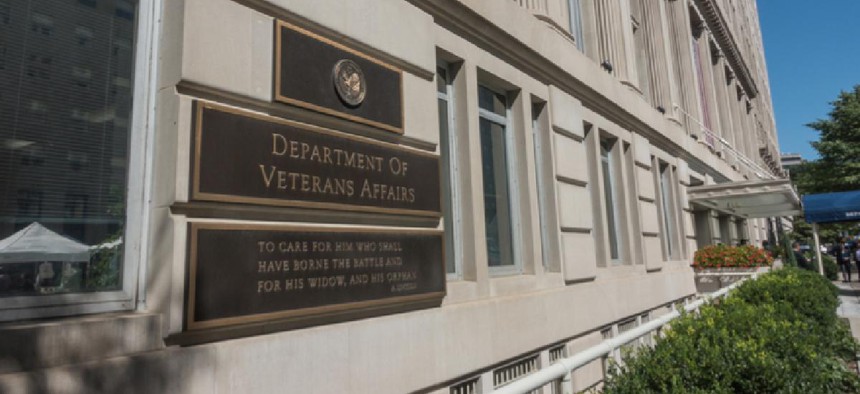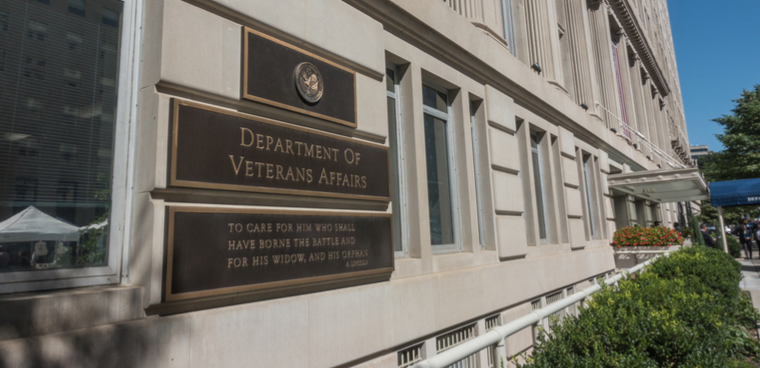Employees, research drive CX innovations at Veterans Affairs

The Department of Veterans Affairs is looking to improve customer experience by changing its culture and tapping its own workforce for innovative ideas.

The Department of Veterans Affairs is looking to improve customer experience by changing its culture and tapping its own workforce as a resource for innovative ideas.
Frederick White, VA's patient experience governance and strategy lead, said the agency is working to standardize customer service training in its medical centers. The training is based on customer surveys and meeting with patients and aims to improve the pain points brought up "over and over" in feedback.
At a Government Executive event held May 22, White said that the agency's effort to hear directly from its beneficiaries is helping push customer service and user experience in the right direction.
VA hasn't gotten any new influx in cash to boost these customer service improvements, White said. In fact, much of the added work has come from rethinking old processes, dedicated employees and volunteers. The agency is also trying to change its culture – for instance it recently published a customer experience principles update to its core values.
One digital tool spreading across VA that empowers its rank-and-file employees to identify and solve workflow problems is the Light Electronic Action Framework, a VA-developed open source web application.
While the platform itself exists within the VA firewall, Michael Gao, a VA employee and LEAF's chief architect, said that other agencies have inquired about adopting their own versions of the platform and that it "can potentially be transplanted" across government.
Gao said that internally, VA offers training through its LEAF Academy, a brief boot camp for those interested in using the system that takes "only about three hours." He also added that the LEAF platform relies on volunteers, rather than new funding streams, to be successful.
At VA, some of the most impactful customer experience changes do involve high-tech updates and emerging technologies. Suzanne Shirley, an innovation advisor at VHA's Innovators Network and Diffusion of Excellence programs, said that for patients in medical centers, VA now uses everything from digital modeling, 3D printing and predictive analytics to measure health.
Shirley described how 3D printing can be used to create prosthetics and orthotics for veterans. In other instances, she said, medical centers can create models of the heart with such accuracy that surgeons can perform on the model first to improve the precision in surgery and other medical work.
"Digital is not going to solve all of our customer experience problems," Andy Lewandowski, a designer at the U.S. Digital Service, said. "What digital can do is move the fastest."


